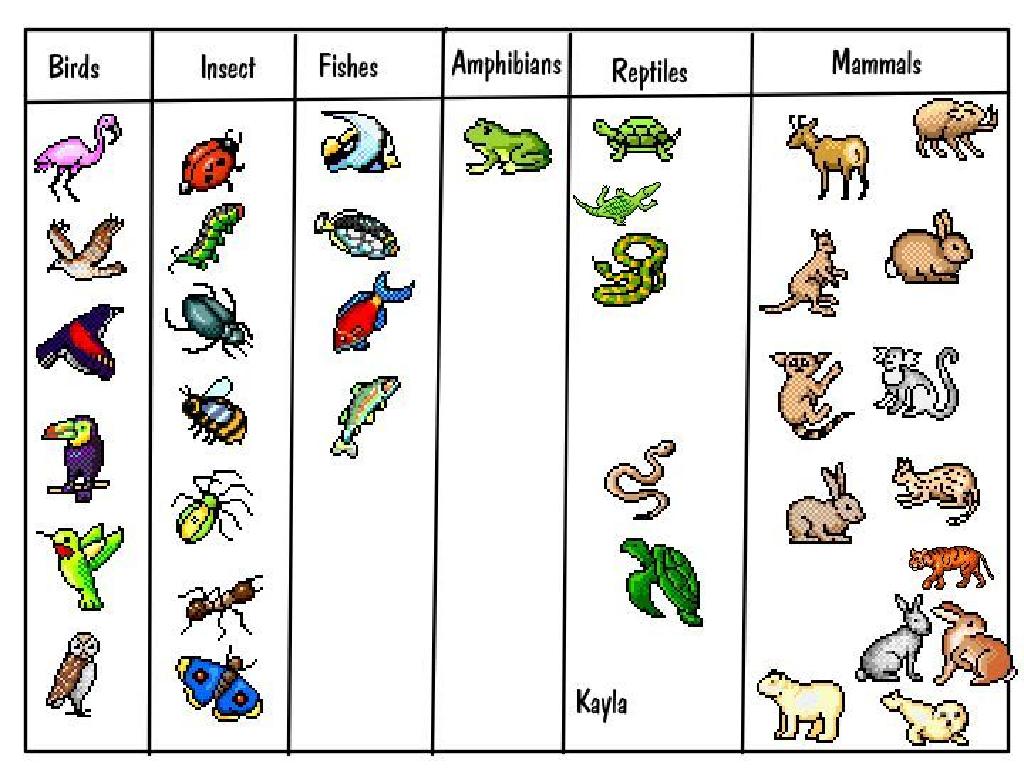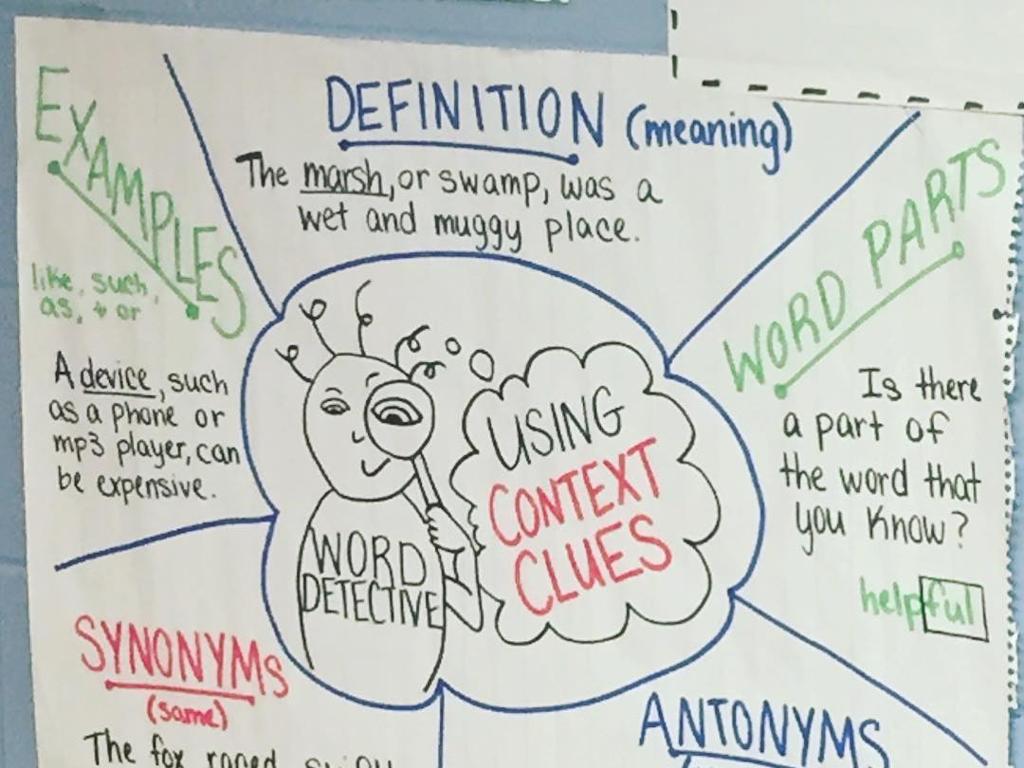Properties Of Addition And Multiplication
Subject: Math
Grade: Seventh grade
Topic: Equivalent Expressions
Please LOG IN to download the presentation. Access is available to registered users only.
View More Content
Properties of Addition and Multiplication
– Explore math’s building blocks
– Properties like commutative, associative, and distributive are foundational.
– Simplify calculations with properties
– Using these properties can make complex problems simpler to solve.
– Apply properties in daily life
– From shopping to building, these properties are used every day.
– Activity: Find real-world examples
– Identify examples of these properties in your environment.
|
This slide introduces the fundamental properties of addition and multiplication, which are crucial for understanding higher-level math concepts. Emphasize the importance of the commutative, associative, and distributive properties, and how they can be used to simplify complex calculations. Provide real-life scenarios where these properties are applicable, such as calculating the total cost of items while shopping or determining the amount of materials needed for a construction project. Encourage students to actively engage with the material by finding examples of these properties in their daily lives, fostering a practical understanding of the concepts. Prepare to facilitate a discussion in the next class where students can share their findings and reflect on the ubiquity of math in the real world.
Properties of Addition & Multiplication
– Commutative Property Overview
– Addition: a + b = b + a
– Order of addends doesn’t change sum
– Multiplication: ab = ba
– Order of factors doesn’t change product
– Practical Examples
– If 3 + 7 = 10, then 7 + 3 = 10; similarly, 2*5 = 10 and 5*2 = 10
|
This slide introduces the commutative property for both addition and multiplication, which states that numbers can be added or multiplied in any order without changing the result. Emphasize that this property only applies to addition and multiplication, not to subtraction or division. Provide clear examples to illustrate the concept, such as simple arithmetic problems that show the sum or product remains the same regardless of the order of the numbers. Encourage students to think of their own examples and to recognize patterns in arithmetic that reflect this property.
Associative Property of Addition & Multiplication
– Associative Property in addition
– (a + b) + c = a + (b + c)
– Associative Property in multiplication
– (ab)c = a(bc)
– Grouping doesn’t change value
– Sum/product remains constant despite grouping
– Practical applications in math
|
The Associative Property is fundamental in understanding how numbers interact in both addition and multiplication. It states that no matter how we group numbers when adding or multiplying, the sum or product does not change. This property allows flexibility in computation and simplifies complex problems. For example, when adding 2 + 3 + 4, we can add 2 + 3 first to get 5, and then add 4 to get 9, or we can add 3 + 4 to get 7, and then add 2 to get 9. Both ways yield the same result. Similarly, for multiplication, the product of 2 * (3 * 4) is the same as (2 * 3) * 4. Encourage students to practice this property with different numbers and to recognize its use in simplifying algebraic expressions.
Exploring the Distributive Property
– Understand the distributive property
– a(b + c) equals ab + ac
– Break down complex expressions
– Example: numerical and variable
– For 3(x + 4): 3*x + 3*4 = 3x + 12
– Apply property to simplify
– Use it to simplify expressions like 2(x + 6)
|
The distributive property is a cornerstone in algebra that allows us to multiply a single term by each term within a parenthesis separately. It’s essential for simplifying and solving equations. Start by explaining the property with the formula a(b + c) = ab + ac. Show how it can be used to break down more complex expressions into simpler, more manageable parts. Provide a clear example using both numbers and variables, such as 3(x + 4), and demonstrate the process step by step. Emphasize the practical application of this property in simplifying expressions, making it a powerful tool for solving algebraic equations. Encourage students to practice with additional examples to gain confidence.
Properties of Addition & Multiplication
– Identity Property of Addition
– Adding zero keeps the number same, e.g., 5 + 0 = 5
– Identity Property of Multiplication
– Multiplying by one keeps the number same, e.g., 7 * 1 = 7
– Zero Property of Multiplication
– Any number times zero is zero, e.g., 6 * 0 = 0
– Invariance with 0 and 1
– Understand that 0 and 1 are special numbers in math
|
This slide introduces the Identity and Zero Properties of addition and multiplication, which are fundamental in understanding equivalent expressions. The Identity Property of Addition states that any number plus zero will result in the same number. Similarly, the Identity Property of Multiplication states that any number multiplied by one is unchanged. The Zero Property of Multiplication establishes that any number multiplied by zero equals zero. These properties are crucial for simplifying expressions and solving equations. Ensure students practice with various numbers to solidify their understanding that adding 0 or multiplying by 1 does not change the value of a number.
Simplifying Expressions with Properties
– Combine like terms using properties
– Use commutative and associative properties to group like terms
– Simplify complex expressions
– Break down expressions into simpler components before combining
– Work through practice problems
– Apply properties to solve sample problems step-by-step
– Guided solutions for understanding
– Detailed explanations to reinforce concepts
|
This slide aims to teach students how to apply the commutative and associative properties of addition and multiplication to simplify algebraic expressions. Start by explaining the importance of combining like terms to make expressions easier to work with. Show how to identify and group like terms, then use properties to combine them. Provide complex expressions and demonstrate the process of simplifying them step by step. Offer practice problems and guide students through the solutions, ensuring they understand each step. Encourage students to ask questions and work through problems independently to solidify their understanding.
Expression Scavenger Hunt Activity
– Search for expressions in the classroom
– Pair up to simplify expressions
– Present findings to the class
– Explain the properties used
– Properties include commutative, associative, distributive
|
This interactive class activity is designed to help students apply their knowledge of the properties of addition and multiplication to simplify expressions. Students will work in pairs to search for expressions posted around the classroom that exemplify the commutative, associative, and distributive properties. Once they find and simplify these expressions, each pair will present their findings to the class, explaining which property was applied and how it helped in simplifying the expression. This activity encourages collaboration, critical thinking, and practical application of mathematical concepts. Possible expressions to use: 3 + 5 = 5 + 3 (commutative), 2 * (3 * 4) = (2 * 3) * 4 (associative), 7 * (1 + 2) = 7 * 1 + 7 * 2 (distributive).






